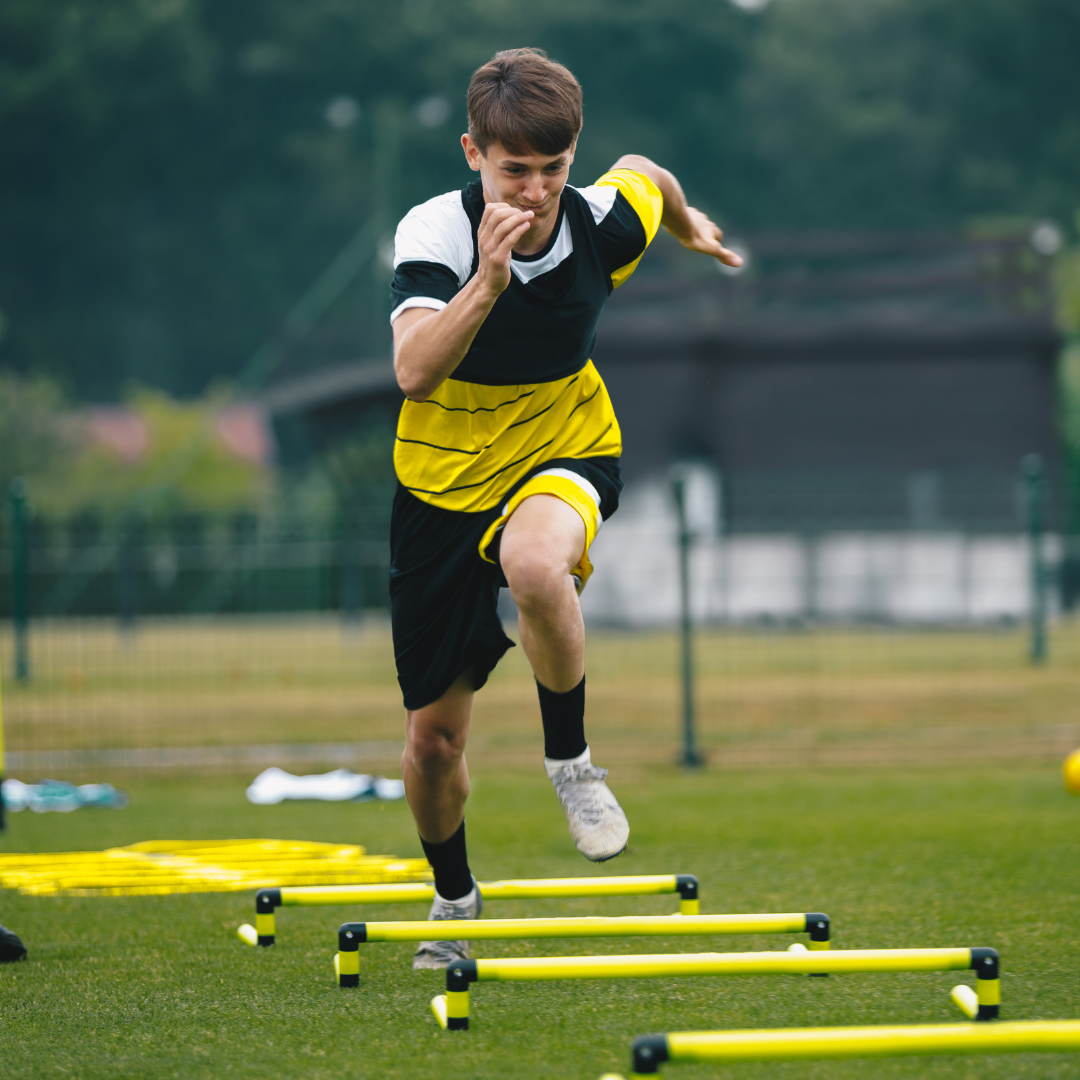Designing Football Sessions That Build Your Playing Identity: A Constraint-Led Approach
When Practice and Playing Style Don’t Match
It’s a warm summer day, and the grass at the local park is in perfect condition for a training session. As I walk by, I notice a team being put through their paces, coached, to my surprise, by an old friend. It’s a grassroots side, full of energy and enthusiasm. I stop to observe some of the session before catching up with him afterward.
One part of the session stood out, a possession practice that caught my eye. I liked the structure, so I asked what the thinking was behind it. His answer stuck with me, “It’s just a generic possession drill to work on keeping the ball and fill that part of the session.”
That comment stayed with me long after we finished chatting. Later, I asked him how he wanted his team to play. Without hesitation, he told me, “Fast, attacking football. I want us to move the ball forward with purpose at the earliest opportunity.” He spoke passionately about his preferred playing style, direct, purposeful, forward-thinking football.
But the contradiction was hard to ignore.
The possession drill I witnessed was the exact opposite of that vision. It was slow, static, and had no real emphasis on progression. There was no clear connection between the practice design and the playing style he described.
When Constraints Send the Wrong Message
The possession practice I observed was stopped by the coach several times. The rule was simple, the team in possession had to complete a set number of passes before they were allowed to transfer the ball. On the surface, it looked organized and purposeful, but as I watched more closely, I noticed a problem.
There were several clear opportunities to play forward, chances to progress the ball with intent, but these were either ignored or simply not seen. Why? Because the players were so focused on completing their required number of passes. The constraint had shifted their attention away from playing with purpose and toward simply fulfilling the rule.
Instead of encouraging the fast, forward-thinking football the coach had described, the task was doing the opposite. I saw poor body orientation when opportunities to play forward arose. Players were adopting positions to help retain possession, not to progress the ball. The exercise was unintentionally reinforcing a style of play that didn’t align with the coach’s philosophy.
This moment really underlined for me the powerful impact constraints can have on a training session, and more importantly, on how a team learns to play.
A Small Change, A Big Impact
In the days that followed, the coach reached out and asked for my thoughts on the session. He also invited me down to take a section of the next one. I decided to accept, not to prove a point or show that I could do things better, but to demonstrate just how much of an impact constraints can have on practice.
It was never about being right. Nobody knows it all, and nobody is better than anyone else. We all have different ideas, some that resonate, and others that won’t. Thankfully, the feedback afterward was that the input was simple but effective.
For my part of the session, I set up the exact same possession practice, with just one key difference. I introduced a rule that points for successful transfers only counted if the team in possession completed the transfer within six passes or fewer. It was a small tweak, but one that aligned directly with the fast, forward-playing style the coach wanted to encourage.
The results spoke for themselves. Players looked forward at every opportunity. They positioned themselves in ways that threatened progression, not just retention. Communication naturally increased as players worked together to score points. Offf the ball the emphasis on pressing was far greater.
One small constraint shift, but it made a huge difference to the behaviours emerging in the session.
It’s something for coaches to seriously consider. The constraints you set, do they support the team you’re trying to develop?


